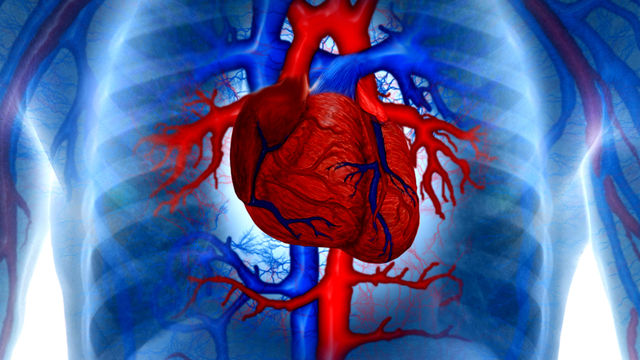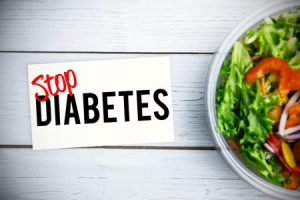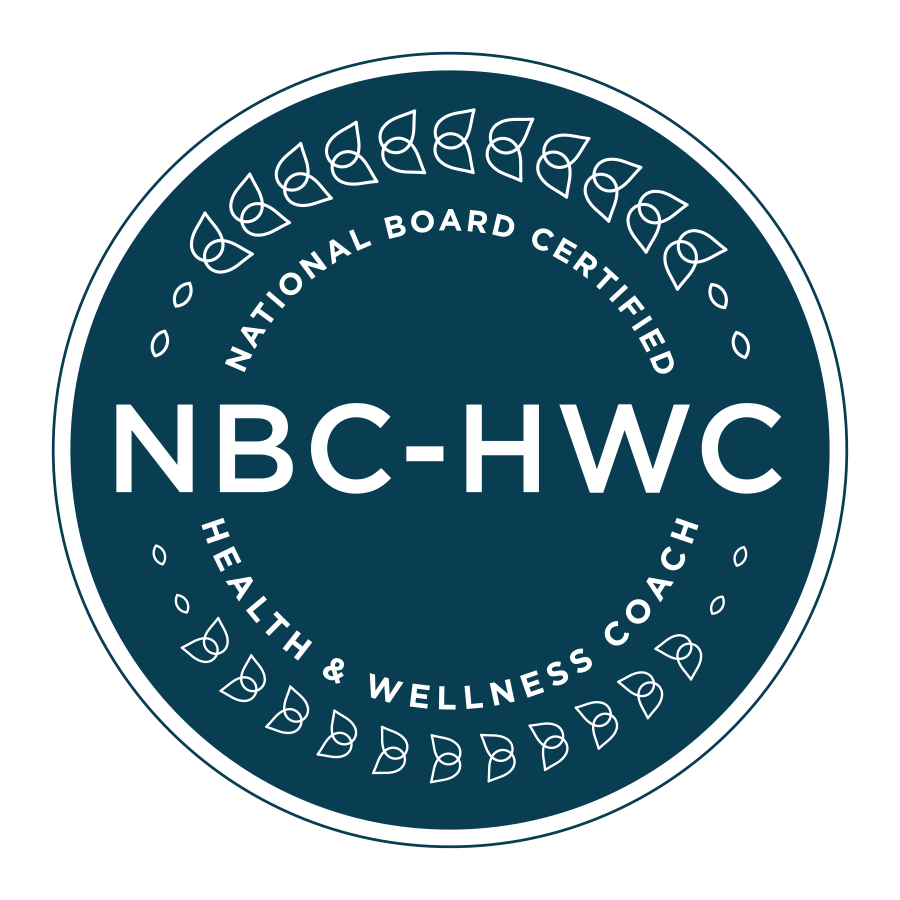Leading Cause of Death
Cardiovascular disease continues to be the leading case of deaths despite an impressive 27% reduction in heart and cerebrovascular related deaths in the last six years. In 2007 alone, over 600,000 people died of cardiac disease in the United States.
What Can be Done
So the question is what can the individual do to decrease his or her odds of getting heart disease? There are various things that are known to increase the odds of someone getting heart disease. This brief article addresses general lifestyle changes that help with what is known as modifiable risk factors. These are risk factors for heart disease which can be changed. Although, medical professionals have at their arsenal various drugs which can be used to lower risk, much can be done by the individual to live a healthy lifestyle which lowers their risk and either help these medicines do their job or even prevent the need for these medications. This is not an exhaustive how to guide, but instead some brief helpful hints toward living a healthy lifestyle I suggest to my patients. First, let’s review the modifiable risk factors for heart disease.
Modifiable Risk Factors
- Smoking

- “High cholesterol”(Abnormal Lipids)
- High Blood Pressure
- Obesity (overweight)
- Physical Inactivity
- Diabetes
So what can you do? The following are selected hints toward healthy lifestyle:
Stopping Smoking
Don’t give up because of past failures. Instead learn from them. Try to figure out what led to relapses.
-
- Change habits somewhat related to the above: Identify activities that you associate with smoking and avoid them. Alcohol is often times associated. Increase your physical activity (keeps you busy and prevents weight gain).
- Don’t be afraid to get help, admit this is not easy. Support groups are available.
- Medications (there are a number of pharmacologic tools available)
- Take advantage of the web: Example http://www.smokefree.gov/
Exercise
-
- Usual recommendations I give: exercise 3-5 days per week. Either 10,000 Step Program , 1 hour of Activity (such as gardening, housework or bowling) or 45 minutes of more intense exercise. For weight loss plan, you will need 5 days per week of this along with a diet plan.
- It is OK to break up your exercise into more manageable time intervals such as three 15 minute Sessions per day.
- Make a plan A, plan B, plan C – such that if something gets in the way of your planned exercise routine, you already have a your planned alternative.
- Start slow, but plan to get to your goals.
- Web references that may be helpful: American Heart Association – go to the getting healthy tab (http://www.thewalkingsite.com/10000steps.html)

Diet
Think of Diet as Choices or Selections, not restrictions.
- Look for healthy low fat foods you like for snacks and make sure you have them available and visible. Consider day celery sticks, carrot sticks, apples, almonds, pistachios.
- Plan your meals. How things are prepared can be as important than what is prepared!
- Read labels for calories and saturated fat content. Avoid simple carbs, trans fatty acids, and saturated fat.
- Try skim milk, not 2% or whole.
- Avoid sugary drinks. Drink water.
- Avoid having “bad” foods around – “Out of Sight, Out of Mind”
- High sodium intake is associated with high blood pressure. Consider DASH Diet if you have high blood pressure.
- Combined with exercise, calorie restriction is the best tried and true weight loss program. High fiber and avoiding simple carbs may also help.
- Don’t underestimate the effect of calories and simple carbs in alcoholic beverages, especially in beer. Think of these as the straw that broke the camel’s back.
- Web references: General and DASH Diet
This has been a primer of approaches for healthy living. Combining this with strategies for stress management and sleep, can put you on the road to a long healthy life and decrease your odds of being a statistic.





